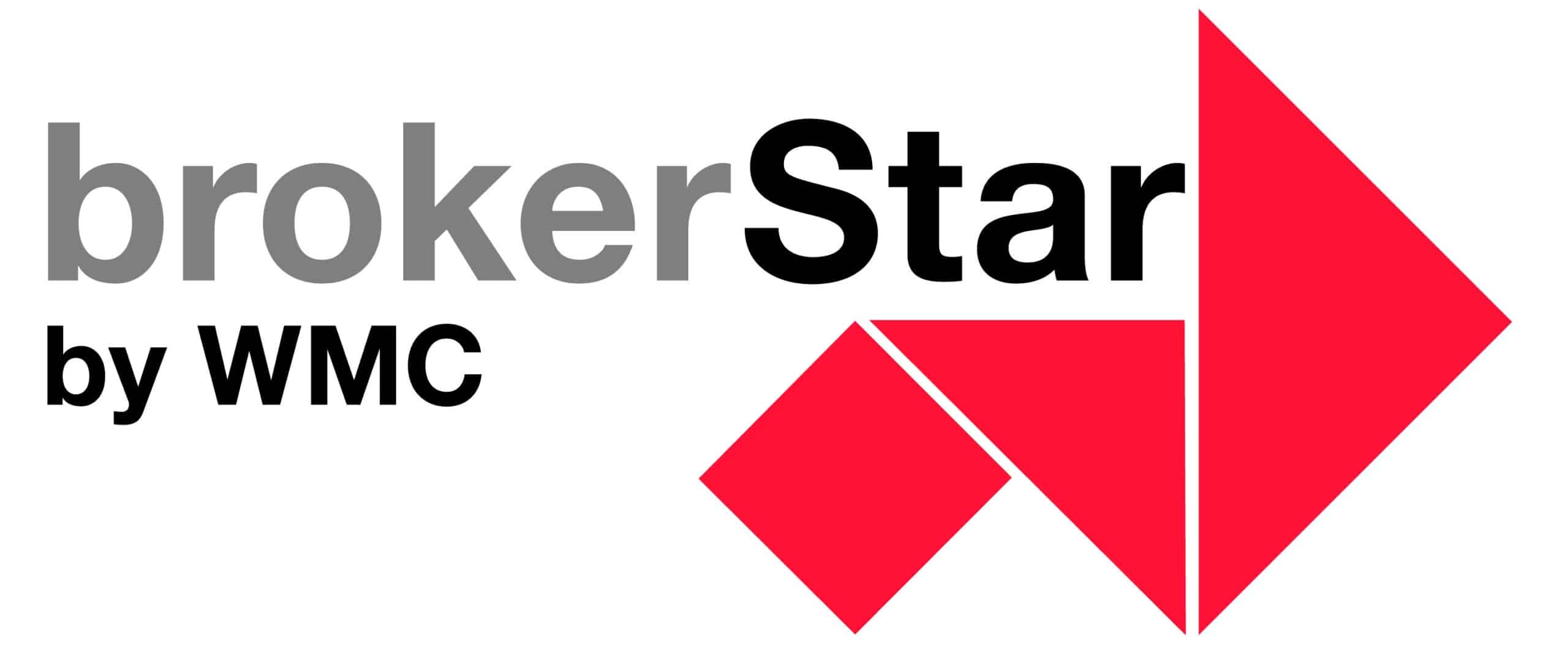Risk-!n: Resilience is a team thing – From individual athletes, circumnavigators and companies in the endurance test
23 May, 2025 | Current General
Whether on the high seas, on steep Alpine passes or in global supply chains – resilience is evident in the moment of crisis. What extreme athletes, risk managers and companies can learn from each other when it really counts.
Resilience often begins with a story that goes to the heart of the matter and was told by Rajeev Dutt (GM MEA & APAC) at Swiss GRC. One such story is that of Commander Abhilash Tomy. The Indian naval officer and extreme sportsman took on one of the toughest challenges in the world: the Golden Globe Race – a single-handed circumnavigation of the globe over 240 days, with no stopovers and no modern technology. The rules demand that only equipment that was available in 1968 be used. No GPS, no internet, no radio contact except for emergencies.
Tomy had a serious accident in 2018, suffered a fractured vertebra and had to relearn how to walk after being rescued by five naval units. But he returned – and successfully completed the race in 2022. His message: “Resilience is the price you pay to live the life of your dreams. It’s the leap into the unknown that you consciously choose.” Tomy’s story impressively shows that resilience is not a state, but a process that requires courage, discipline and mental strength – an attitude that is also increasingly in demand in business.



Between Alpine passes and risk analyses: what ultra-cycling has to do with risk management
Christophe Gingins, CFO at Beyond Numbers, combines professional responsibility with extreme sporting experience. As an ultra-cyclist, he regularly takes part in multi-day cycling races, under extreme conditions and often without external support. Preparing for such races requires foresighted planning, precise risk management and constant self-reflection – skills that he also needs on a daily basis in his role as risk manager.
“When you ride through the Alps at 40 degrees and 27,000 meters of altitude, you learn what real decision-making means. You need a plan A, B – and a C for emergencies,” explains Rochat. It’s not just about endurance, but about actively training adaptability and the ability to act. Anyone who has to constantly adapt to new conditions in sport – heat, rain, lack of sleep, technical problems – develops a different view of risks in a professional context.
His most important insight: “Not everything can be planned – but everything can be prepared for.” He transfers this attitude to the corporate world: resilience means setting up your own organization in such a way that it is able to react flexibly to the unforeseen – without falling into chaos or paralysis.
When the heat becomes a business threat: Resilience at COFRA
For global companies such as COFRA, a diversified holding company with interests in real estate, retail and renewable energies, climate adaptation has long been a reality. Arjan Vos, Head of Climate Strategy at COFRA, reported on the drastic effects of increasing heat waves at the conference. “In Southeast Asia, we are now experiencing over 50 hot days a year – when it is simply no longer possible for employees in the supply chain to work,” said Vos.
Many of the local partner companies could not afford adequate measures such as cooling systems. The result: production losses, loss of income, health risks – and growing pressure to develop new long-term location strategies. But simply withdrawing is not a solution: “We can’t just pull out. We have a responsibility – for our partners, our employees and the local communities.”
In Brazil, for example, stores in the Amazon region have had to adjust their opening hours as customers and staff stay away during the heat of the day. Sales fall, staff are under pressure – and creative, collaborative solutions are needed. Among other things, COFRA uses a tool from AXA Climate to analyze climate risks at asset and portfolio level. “But risk maps are not enough. It’s about dialogue, adaptation and long-term investment in resilience,” emphasized Vos.
From business continuity plan to change agent
Today, resilience means more than just protecting against disasters. It also includes the ability to actively adapt to new conditions – structurally, technologically and culturally. Especially in times of superimposed crises – from climate change and geopolitical uncertainties to digital upheavals – managers need to think beyond pure risk avoidance.
During the discussion, it became clear that those who only focus on “business continuity” today remain trapped in the reactive. We need people who shape change before it overwhelms them. People who are prepared to ask uncomfortable questions, take responsibility and break new ground – not alone, but as part of a team. Because resilience is a team thing.
“The decisive factor is not the crisis itself, but how we deal with it,” summarized one participant in the closing discussion. And perhaps this is precisely the central message of all the stories from the Risk-!n Conference (May 11 – 13, 2025): Resilience can be learned. It grows in preparation – and reveals itself in the moment of truth.
Binci Heeb
Read also: Risk-!n 2025: Climate risk in check – How insurers predict and mitigate the storm




